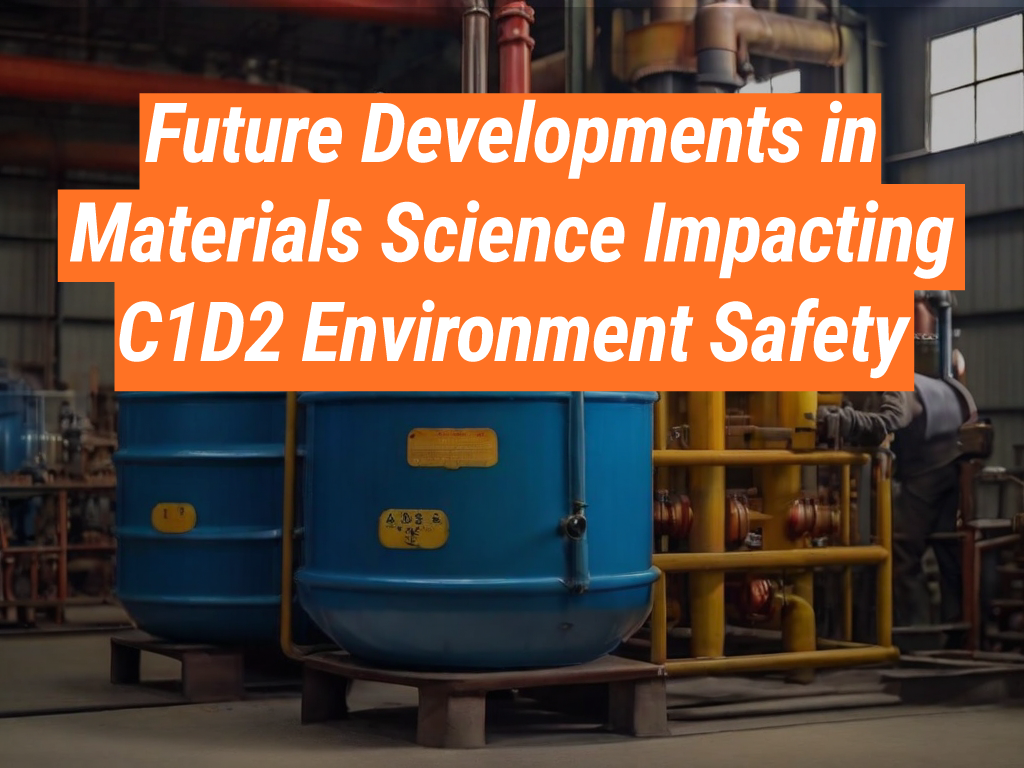Navigating the complexities of the 21st century, we cannot overstate the importance of safety in hazardous environments. This is where companies like Intrinsically Safe Store come into play, providing solutions that ensure safety in Class 1 Division 2 (C1D2) environments. In this article, we will delve into the future developments in materials science that are set to revolutionize safety in these environments. So, let’s dive in and explore these exciting advancements.
Understanding C1D2 Environments
Before we delve into the future developments, it’s crucial to understand what C1D2 environments are. These are areas where flammable gases or vapors may exist under abnormal conditions. Safety in these environments is paramount, and this is where the Intrinsically Safe Store excels, providing equipment designed to prevent ignition in these hazardous areas.
Materials Science: The Game Changer
Materials science is a multidisciplinary field that applies the properties of matter to various areas of science and engineering. This scientific field has been instrumental in the development of safer, more efficient materials for use in C1D2 environments.
Nanomaterials
One of the most promising developments in materials science is the advent of nanomaterials. These materials, often hundreds of times thinner than a human hair, have unique properties that can significantly enhance safety in C1D2 environments.
- Improved Barrier Properties: Nanomaterials can provide superior barrier properties, preventing the permeation of hazardous gases and improving the safety of equipment and personnel.
- Enhanced Mechanical Strength: Nanomaterials can also enhance the mechanical strength of materials, making them more resistant to impact and wear, further enhancing safety.
Smart Materials
Another exciting development is the emergence of smart materials. These materials can change their properties in response to changes in their environment, making them ideal for use in C1D2 environments.
- Self-Healing Materials: These materials can repair themselves when damaged, reducing the risk of equipment failure and enhancing safety.
- Shape Memory Alloys: These alloys can return to their original shape after deformation, making them ideal for use in safety devices.
Case Study: Graphene
One of the most promising materials in this field is graphene. This single layer of carbon atoms arranged in a two-dimensional honeycomb lattice has exceptional properties that make it ideal for use in C1D2 environments. For instance, graphene’s superior electrical conductivity and mechanical strength make it an excellent material for use in intrinsically safe equipment.
The future of materials science holds immense potential for enhancing safety in C1D2 environments. From nanomaterials with superior barrier properties to smart materials that can adapt to their environment, these advancements promise to revolutionize safety in these hazardous areas. As we continue to navigate the complexities of the 21st century, companies like Intrinsically Safe Store will be at the forefront of leveraging these advancements to ensure safety in C1D2 environments.
If you’re interested in learning more about these developments or exploring our range of intrinsically safe equipment, don’t hesitate to contact us today.



